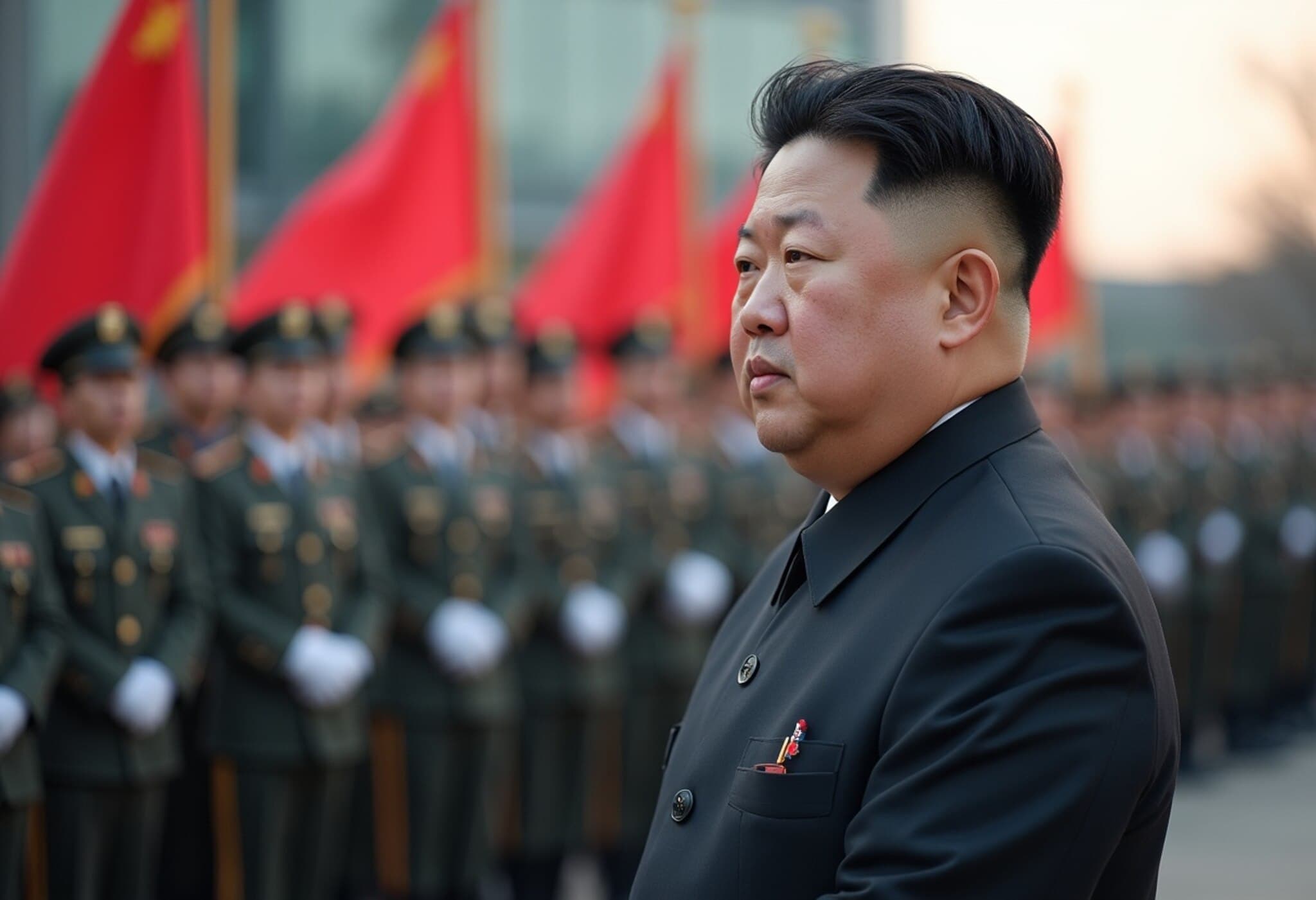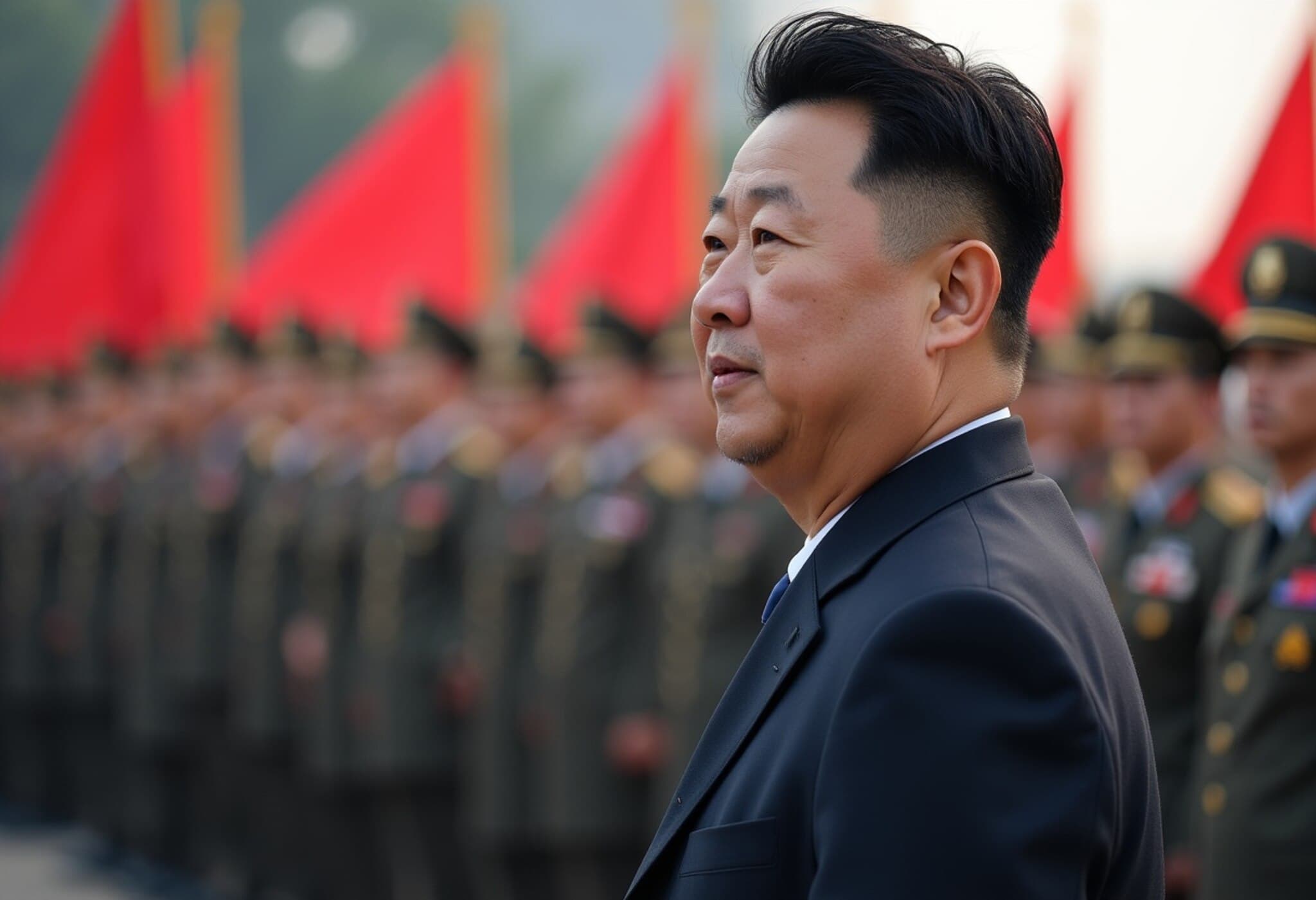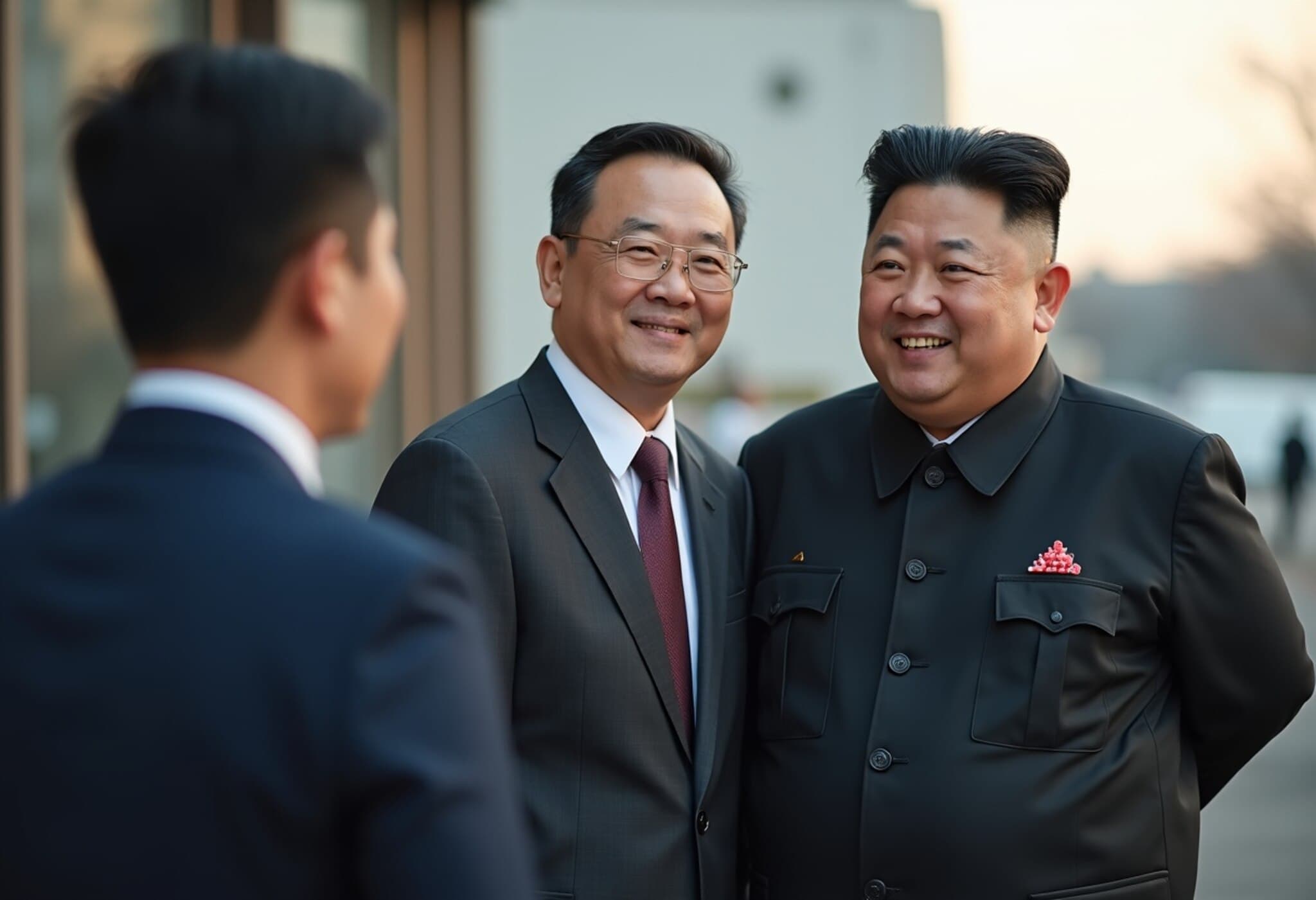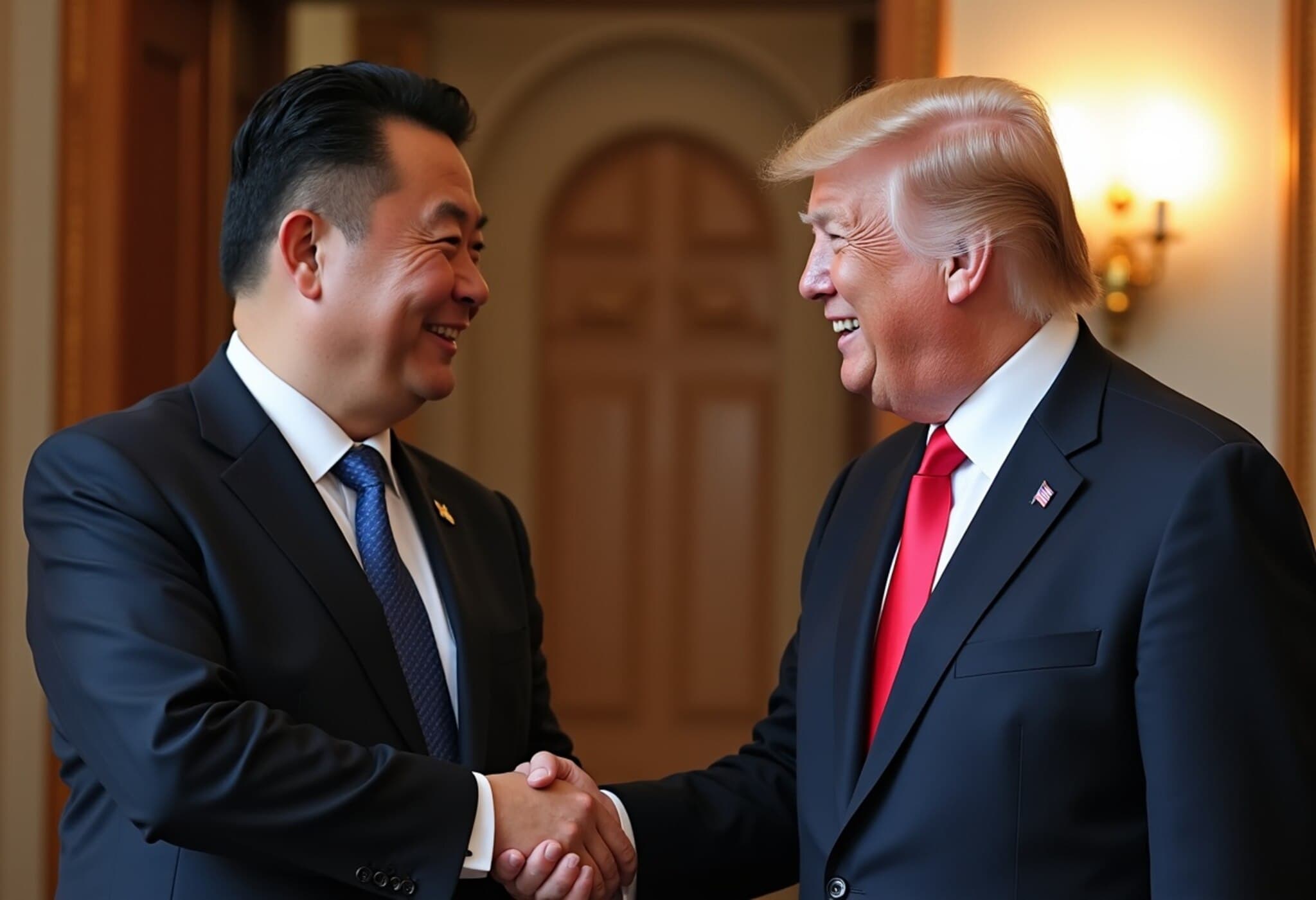South Korea Takes Bold Step to Ease Border Tensions
In a significant move highlighting President Lee Jae-myung’s diplomatic approach, South Korea has begun dismantling the loudspeakers that once broadcast anti-North Korean messages along the heavily militarized border. This action reflects a strategic pivot aimed at thawing one of the world’s most enduring and volatile divides – the Korean Peninsula.
Background: From Propaganda to Dialogue
Since the Korean War ended in an armistice in 1953, the Demilitarized Zone (DMZ) separating North and South Korea has been a focal point of both military tension and psychological warfare, including loudspeaker campaigns broadcasting propaganda messages. However, shortly after assuming office in June 2024, President Lee’s administration took the unprecedented step of halting these broadcasts. The loudspeakers, which blasted criticisms and messages intended to undermine the North Korean regime, have now started being removed, signaling a new chapter in inter-Korean relations.
Official Statement and Intent
Seoul’s Ministry of Defence characterized the removal of these loudspeakers as a "practical measure to help ease tensions between the South and the North." This step is part of Lee’s broader vision to revive stalled dialogue and foster reduced hostilities on the peninsula, moving away from aggressive posturing toward gradual reconciliation.
Challenges and North Korea’s Response
Despite South Korea’s overtures, Pyongyang has remained reticent. North Korea explicitly rejected recent invitations for dialogue, maintaining a stance of distrust and demonstrating the complexity of bridging decades of conflict. The two Koreas remain technically at war, bound only by an armistice rather than a peace treaty, making progress fragile and often nonlinear.
Expert Insight: The Diplomatic Tightrope
From an American and international policy perspective, South Korea’s dismantling of psychological warfare tools like loudspeakers is symbolic yet impactful. It serves as a confidence-building measure that may pave the way for renewed diplomacy, potentially involving multilateral stakeholders such as the United States, China, and Japan. Experts argue that such gestures are critical first steps in an often painstaking peace process because they set the tone for future engagements and reduce immediate provocations.
However, analysts caution that real progress will depend on reciprocal gestures from Pyongyang and tangible outcomes in nuclear diplomacy and human rights improvements, areas that remain under intense international scrutiny.
What This Means for the Region
- Reduced Military Tensions: Removing provocative broadcasts lowers the risk of misunderstandings and accidental escalations near the border.
- Opening Diplomatic Channels: This move could signal South Korea’s willingness to lead peacefully, encouraging dialogue despite North Korea’s initial rejection.
- Impact on U.S.-South Korea Relations: Coordination with the United States will remain crucial, as the U.S. has strategic interests in Peninsula stability and North Korea’s denuclearization.
Looking Ahead: Fragile Hope or Strategic Pause?
While the dismantling of loudspeakers is a meaningful step, the path to peace on the Korean Peninsula continues to be fraught with uncertainty. President Lee’s policy reflects a courageous attempt to break a cycle of hostility by starting conversations through silence rather than noise. For now, the world watches closely, hopeful that these quiet signals will lead to substantive dialogue and, ultimately, lasting peace.
Editor’s Note
This development represents more than just a technical or symbolic gesture; it is part of a nuanced diplomatic dance in a region long marred by conflict and suspicion. Readers should consider the broader implications of these calm overtures amid the loud historical noise of the Korean Peninsula’s divided legacy. Will mutual trust build or will silence turn into stalemate? The answer will unfold in the months and years ahead, shaping security dynamics not just in East Asia, but globally.



















